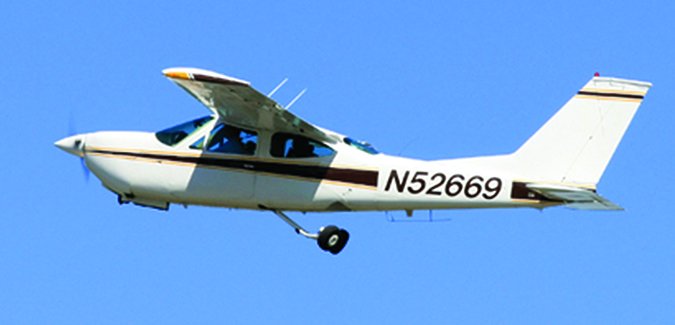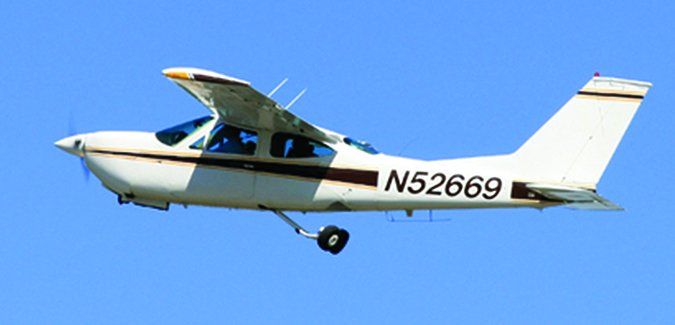May’s article on filing IFR on a CAVU day, “To File, Or Not To File,” makes some good points, but I think the best reason for filing IFR has nothing to do with what’s happening outside the aircraft. I’m a fairly low-time pilot—with about 500 hours—so maybe I notice big differences in small details more than a seasoned pro who doesn’t remember what it was like to fly before their instrument ticket.
After earning my instrument rating, I took my CFII’s advice to heart and have filed IFR religiously on virtually every flight since my checkride eight years ago. I do it because I noticed that I am more “tuned up” for IFR flight than I am when flying VFR. My preflight planning is more thorough and my cockpit is more organized.
Since I’m on instruments from rotation to final, I never have to deal with any “surprise” encounters with IMC. The airplane is almost never ahead of me (I’m not perfect). I never have to worry about airspace designations (especially TFRs and other restricted areas) as long as ATC and I both remain on the same page.
My overall stress level is much lower when flying IFR. Also it’s no surprise that maintaining IFR proficiency—which is not to be confused with being legally current—is greatly enhanced with constant practice. So when the weather is truly IMC, it’s somewhat of a routine non-event.
The punchline, for me anyway, is that flying IFR makes for a safer operation in all weather conditions.

Timothy McDonough, Ph.D.
Dallas, Texas
Your reasons are all good ones, too, and congratulations on getting far enough along with your training and experience to realize them.
Scud Running
A generalized statement to climb (and confess) as an antidote to scud running requires several caveats. What are the cloud tops? Is there ice in the clouds? Is there granite in the clouds? Climbing blind into cloud in western Canada or the US, or along the spine of the eastern U.S. is a recipe for disaster.
These factors, while self-evident to an experienced pilot, may not be so to the uninitiated novice who remembers that “climb and confess” was recommended in Aviation Safety.
Morton Doran
Fairmont, B.C.
In our April 2016 Accident Probe, we noted the antidote to scud running “is pretty much the same as it ever was: Turn around, or climb and confess your predicament with ATC. If you do either one right, you’ll likely live through it and not be subject to an enforcement action.” Climbing and confessing isn’t the only action we recommended, but it’s one even the FAA counsels. Any potential for icing above means the 180-degree turn is preferred.
Mackinac Runways
Just for the record, the runway on Mackinac Island (KMCD) is oriented 26-08 (May 2016 Accident Probe, “Local Knowledge“). Great place to fly in to. No fuel, however.
Jim
Via email
Thanks for the correction!
Gusty Crosswinds
How about a little discussion of dealing with strong gusty crosswinds flowing across obstructions and thus creating very difficult conditions to land in. I realize I could had stayed in bed that day. Thanks!
Alvin Jones
Via email
Good idea! Look for a piece on extreme crosswinds in a future issue. In the meantime, we’ll simply suggest four things: 1) Avoid conditions exceeding your airplane’s demonstrated crosswind component if you can. 2) Use every inch of the runway’s width to minimize the risk of losing control on or close to it. 3) Establish and maintain an airspeed no greater than your normal approach speed, plus one-half of the gust values. 4) Fly the airplane all the way down final and to the ramp.
Ultimately, a pilot may find crosswind conditions beyond his or her ability. When that happens, find a better-aligned runway at another airport.




